
Many hydroponic growers underestimate the serious damage that algae can cause to marijuana. In fact, most of them allow algae to form in the setup, thinking that it’s okay. But the truth is, it is a living organism that steals nutrients and oxygen from the plants.
Despite its harmless appearance, algae can grow greedy, leaving nothing for the crop. Aside from the common green, it can also come in other colors like black, red, and blue. In general, it tends to attach itself to hydroponic and aeroponic equipment. Sometimes, it travels into the tubing, creating problems with the setup.
Worse, algae can find its way into the roots of the cannabis plants. If left unchecked, it will rapidly multiply and cover the entire root system. In effect, the roots will experience choking and difficulty absorbing nutrients and oxygen. Of course, this condition is a death sentence for the plants.
So, if growers don’t act fast, algae will ruin hydroponic marijuana. Basically, once the first sign of algae shows up in the system, the plants are no longer getting enough essential elements. Therefore, we must be vigilant and immediately remove it from the setup. So, this article will learn how to spot an algae invasion as well as the techniques to get rid of it.
Controlling Algae in Hydroponic Marijuana
To produce thriving marijuana plants, we must control the presence of algae in the grow area. Hence, the following will discuss the basic methods and steps to prevent and remove it. But first, let’s get familiar with the signs that confirm an algae problem.
- Recognizing Algae Infestation
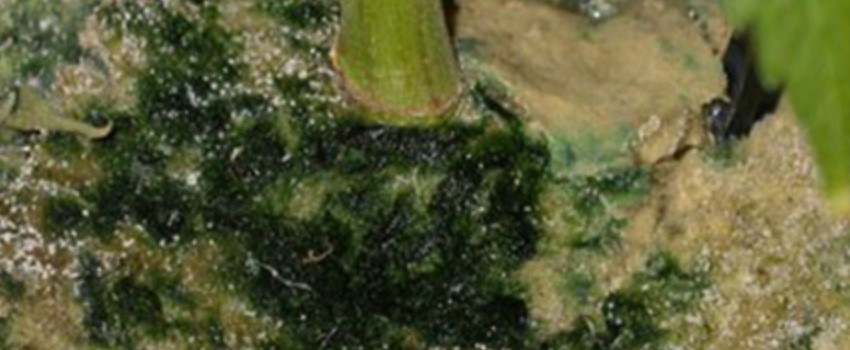
As mentioned, algae will compete with the plants for necessary elements to survive. For this reason, we need to take care of it as soon as we notice it building up in the setup. To do this, monitor the setup for signs that the plants are not getting enough oxygen or nutrients.
Leaves

Essentially, the leaves will show symptoms of nutrient deficiencies such as yellowing and browning. Additionally, dark-colored spotting will appear as well as burnt edges.
Roots
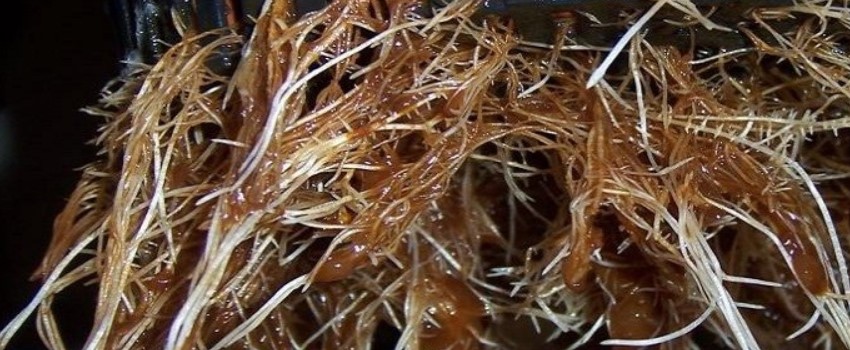
Because of algae growth, the roots will clump together and turn dry and brown. In effect, the plant will start to wilt and eventually die.
However, an algae infestation of this level takes time to develop. So, if we act as soon as its growth becomes obvious, then we can easily prevent it from progressing.
- Preventing Algae Formation
It is no surprise that hydroponic setups promote the growth of algae. The combination of rich a nutrient mixture, ample oxygen supply, and good lighting encourages it to thrive. But if we apply the following do’s and don’ts, we minimize the chances for its growth.
- Keep Reservoir Clean
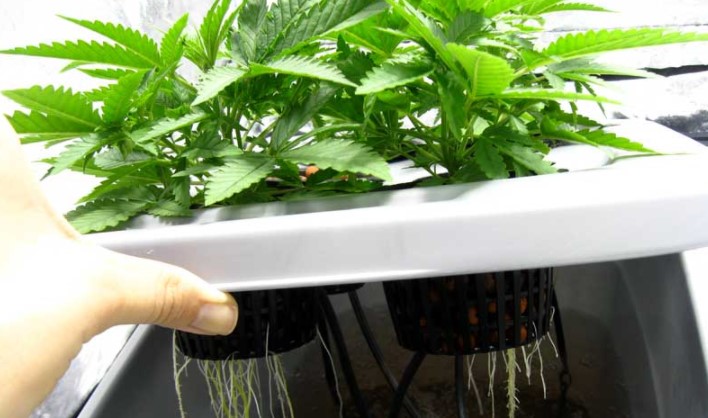
As with any other infestation problem, the best way to prevent algae growth is to keep everything in the reservoir clean. So, this section will focus on how to do this to achieve an algae-free grow area.
- Apply Pure Water
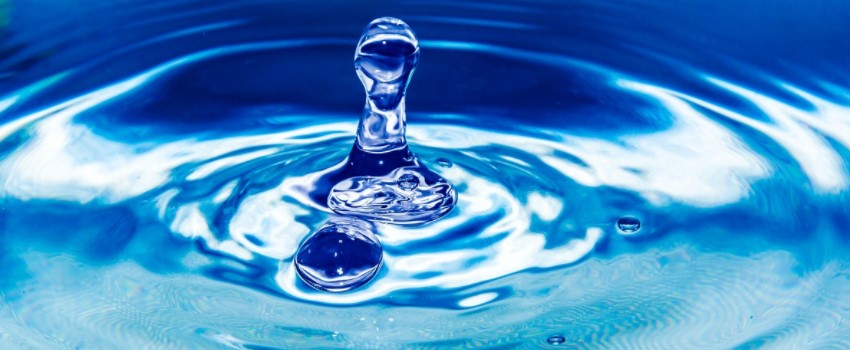
An essential rule is to start with pure and clean water and keep it as such. This means that using rain, river, or stream water is not allowed. Also, avoid utilizing stagnant water that has been uncovered for an extended period.
- Change Water Regularly
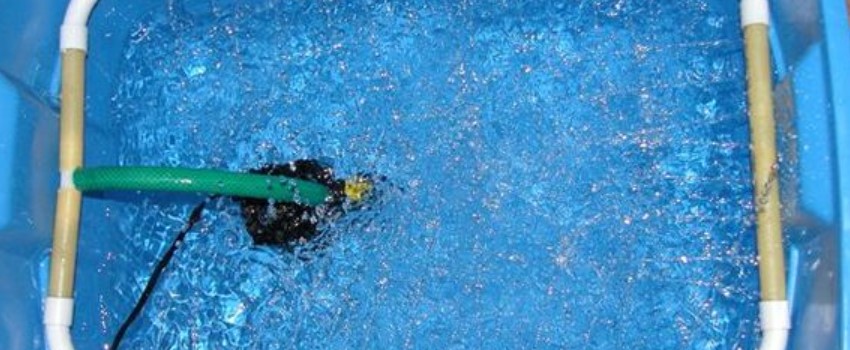
As mentioned, clean water is crucial in stopping the growth of algae. So, when the water starts to smell bad, immediately replace it with a new one. Ideally, it should smell good like fresh alfalfa sprouts.
A good rule of thumb is to change the water after 10 days of its first filling. Then, we can increase it to every 14 days as the crop grows. However, when the plants mature and grow more than 12 inches, then, we must do the changing as often as 7 days.
- Remove Dead Roots and Leaves

Since algae love nitrogen, never allow decaying roots or fallen leaves to decompose in the reservoir. As such, always monitor for unwanted dead leaves or rotting roots and immediately remove them.
- Use Opaque Materials
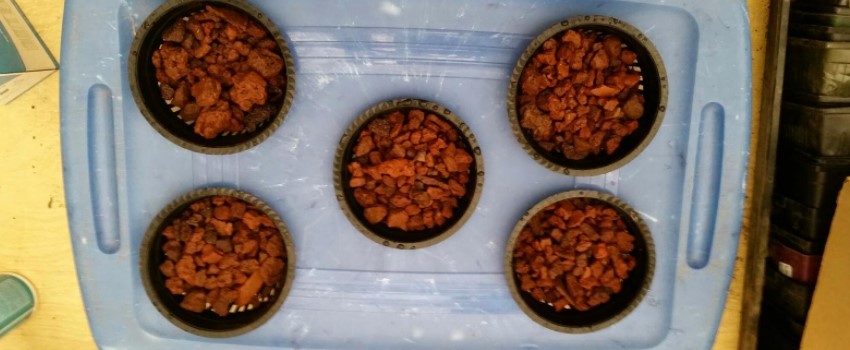
Aside from a nutrient-rich water, algae enjoy basking in any light source. However, we can’t totally remove light since it is vital for the marijuana to thrive. Instead, we reduce its brightness by using opaque materials for the hydroponic tubing, buckets, and other supplies.
For growers who use rockwool in their setups, make sure to cover the slabs with dark-colored fabric to keep light from breaking in. This way, the algae will have no chance to develop in the grow medium.
- Use Materials that Slow Down Growth
While helpful in treating reservoirs already infested with algae, these products are best for prevention. Essentially, they won’t exterminate the algae that are already there but they can slow it down.
- Barley Straw Mat
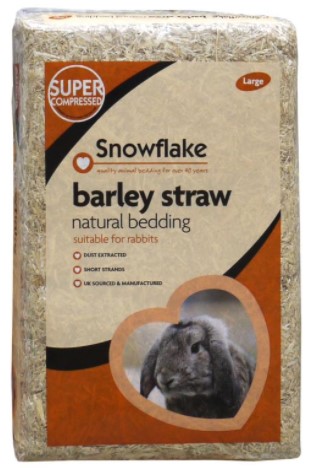
Traditionally, barley straw mats are an organic way to control algae in lakes, ponds, and other bodies of water. Hence, they are friendly to the plants as well as to the beneficial microorganisms.
- Grapefruit Seed Extract
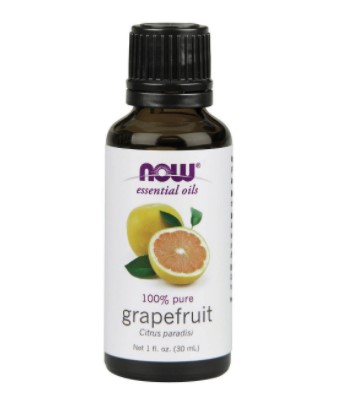
Many cities use grapefruit seed extract to treat their drinking water and ponds. So, it is a proven method as well as a natural way of managing the algae problem.
- UVC Lights
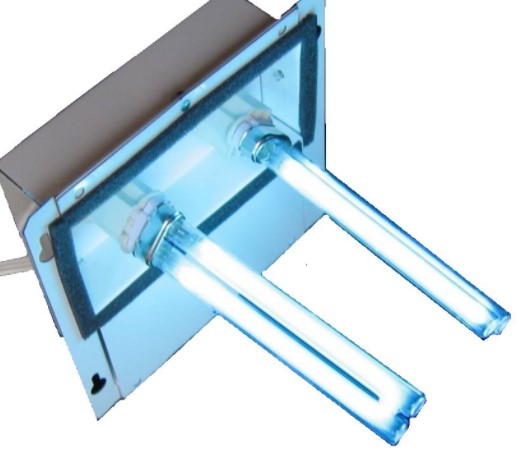
Using UVC lights is a great way to stop algae in the filtration before it reaches the grow space. Basically, the irradiated lights will catch any harmful microorganism, reducing its potential to multiply. However, it won’t harm humans or plants. We can find the same types of lights in hot tubs and aquariums.
- Treating A Setup with Algae
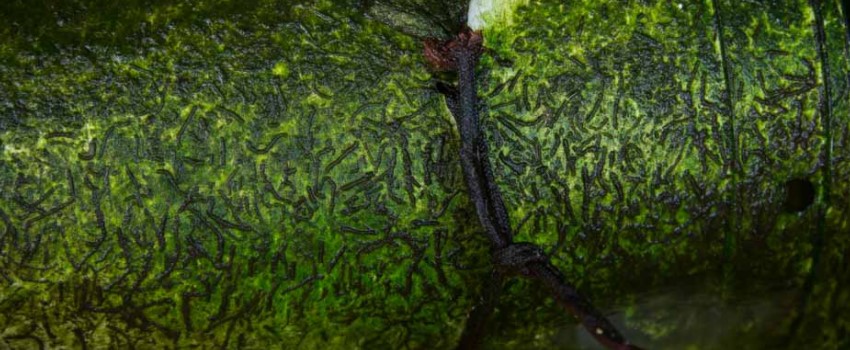
If algae have already created a problem in the system, we still have hope to correct it. As soon as we notice algae in the hydroponic system, we must immediately clean it. Start by rinsing off the reservoir and the slabs, then filling it in with fresh and clean water.
Replacing all the clear materials with opaque variations also helps. If time or money is an issue, we can cover the transparent equipment with dark fabric.
Finally, create a mixture of hydrogen peroxide and water at 1:10 ratio. Then, add it to the reservoir in frequent but small proportions. This will help plants that suffer a decrease in oxygen levels. But only give it to the matured ones since young plants won’t be able to handle the solution.
Being Proactive is Key in Controlling Algae
When it comes to algae, immediate action often results in thriving and happy marijuana plants. As such, we only need to follow a certain set of principles in dealing with it. This includes keeping the reservoir clean and using opaque materials and retardants. Additionally, we must provide an oxygen boost for the plants.
So, making the right changes usually renders the environment less hospitable to algae. To keep it at bay, simply apply all the methods we mention in this article. More importantly, keep the plants healthy by providing the basic needs. Finally, always start with strong seeds since they are less vulnerable to diseases.
0 Comment:
Post a Comment